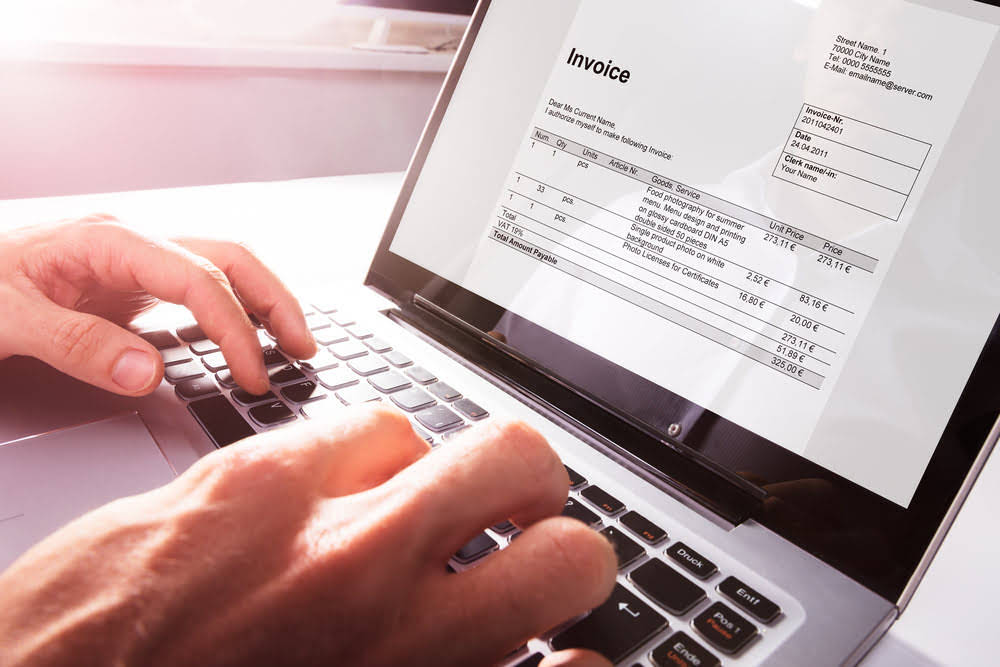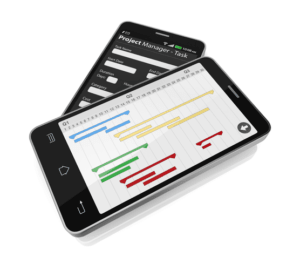
Accumulated depreciation is incorporated into the calculation of an asset’s net book value. To calculate net book value, subtract the accumulated depreciation and any impairment charges from the initial purchase price of an asset. After three years, the company records an asset impairment charge of $200,000 against the asset.
- To demonstrate this, let’s assume that a retailer purchases a $70,000 truck on the first day of the current year, but the truck is expected to be used for seven years.
- Learners are advised to conduct additional research to ensure that courses and other credentials pursued meet their personal, professional, and financial goals.
- For that reason, the annual depreciation expense in year 3 must be limited to only $2,200.
- For instance, if an asset’s estimated useful life is 10 years, the straight-line rate of depreciation is 10% (100% divided by 10 years) per year.
- Increase your desired income on your desired schedule by using Taxfyle’s platform to pick up tax filing, consultation, and bookkeeping jobs.
- Cost is defined as all costs that were necessary to get the asset in place and ready for use.
The new security standard for business payments
However, the amount of depreciation expense in any year depends on the number of images. To illustrate the cost of an asset, assume that a company paid $10,000 to purchase used equipment located 200 miles away. The company then paid $2,000 to transport the equipment to its location. accumulated depreciation definition Finally, the company paid $5,000 to get the equipment in working condition.
Example of a Change in the Estimated Useful Life of an Asset

Accumulated Depreciation ledger account is a long-term contra asset account (an asset account with a credit balance) that is reported on the balance sheet under the heading Property, Plant, and Equipment. Accumulated depreciation is a crucial concept in accounting and finance, essential for understanding how assets lose value over time due to wear, tear, and obsolescence. This term plays a significant role in financial reporting, impacting a company’s balance sheet and income statement.

Why is accumulated depreciation shown as a contra asset on the balance sheet?

Accurate depreciation schedules help your business know when to replace assets and how much you might need to budget. For example, if you notice one of your machines Accounting For Architects is nearing its useful life, you might want to start the search for a new one. Not only can you continue generating qualifying depreciation deductions, but you can also eliminate any disruptions from a down machine. There are several assets that accrue accumulated depreciation—some of these most common assets include buildings, vehicles, and equipment. In many cases, businesses will purchase an asset partway through the year. The half-year recognition method helps account for years when an asset is only used for part of the year.
This involves a debit to the depreciation expense account and a credit to the accumulated depreciation account. The allocation of the cost of a plant asset to expense in an accelerated manner. This means that the amount of depreciation in the earlier years of an asset’s life is greater than the straight-line amount, but will be less in the later years. In total the amount of depreciation over the life of the asset will be the same as straight-line depreciation. The difference between accelerated and straight-line is the timing of the depreciation. For example, Accumulated Depreciation is a contra asset account, because its credit balance is contra to the debit balance for an asset account.
Journal Entry for Accumulated Depreciation
- Assets have economic value that benefit the company over multiple accounting periods.
- While this is an accurate reflection of an asset’s wear and tear, it might lead to undervaluation, potentially affecting investment decisions and overall financial assessment.
- Accumulated Depreciation has implications for tax reporting and financial regulations.
- For every asset you have in use, there is an initial cost (aka original basis) and value loss over time (aka accumulated depreciation).
- Therefore, after three years the balance in Accumulated Depreciation will be a credit balance of $27,000 and the vehicle’s book value will be $23,000 ($50,000 minus $27,000).
- Accumulated depreciation is the total value of the asset that is expensed.
Learners are advised to conduct additional research to ensure that courses and other credentials pursued meet their personal, professional, and financial goals. If the net realizable value of the inventory is less than the actual cost of the inventory, it is often necessary to reduce the inventory amount. If the revenues earned are a main activity of the business, they are considered to be operating revenues.

How do you calculate accumulated depreciation in accounting?

This means that the data doesn’t directly affect a company’s cash flow. Investors and analysts should be cautious when interpreting this data, as it does not represent actual cash outflows. For example, if an asset has a five-year usable life and you purchase it on January 1st, then you report 100 percent of the asset’s annual depreciation in year one.